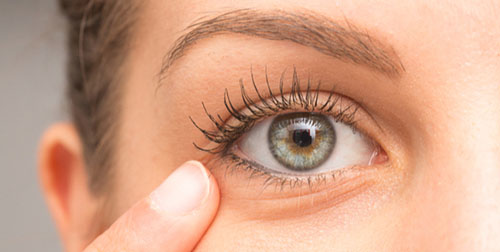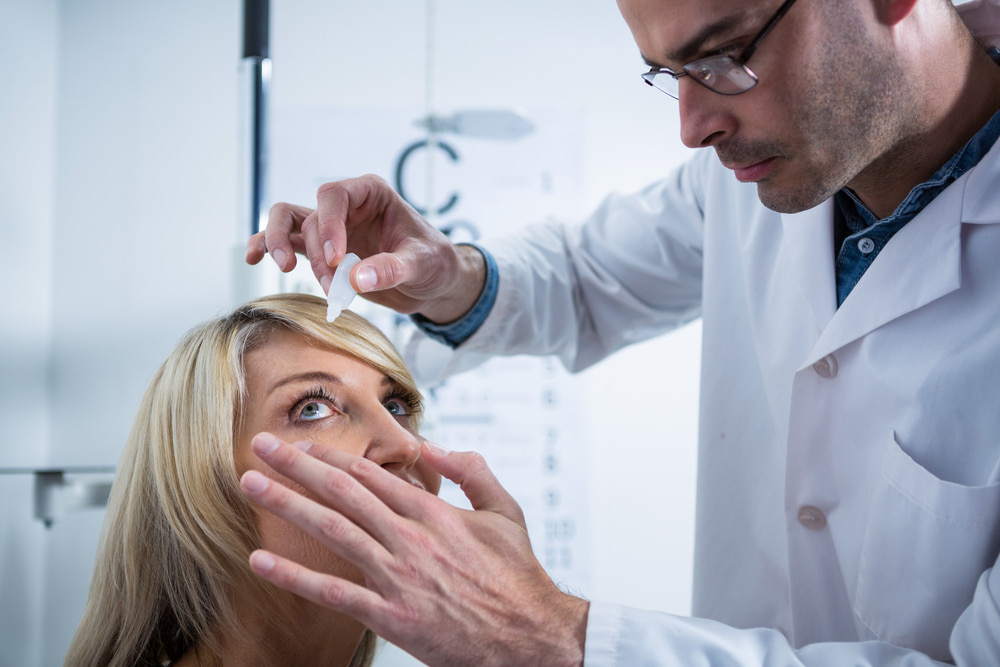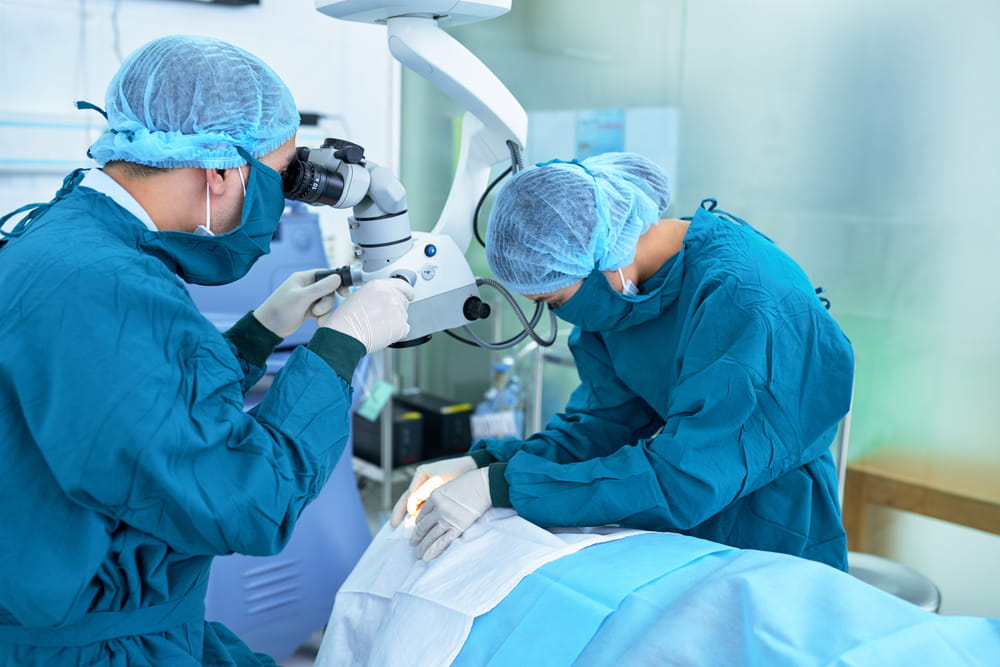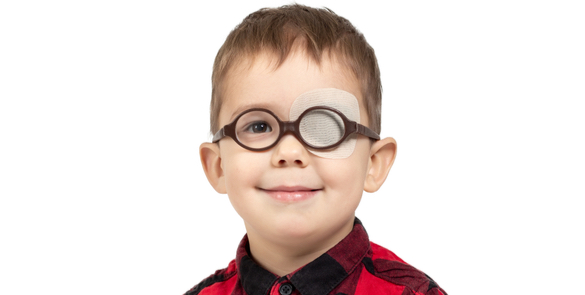Facts Common condition that causes inflammation of the eye lids and can affect people of all ages. It usually affects the rim of the eyelids of both eyes and usually is not serious but still irritating and uncomfortable. Eyelids may become crusty and scaly and eyes may feel gritty and very tired with increasing irritation… Continue reading Blepharitis
Atropine Drops
Atropine Eye Drops: Uses, Benefits & What to Know Atropine has two effects when instilled in the eyes: Dilates the pupil (makes the black part of the eye larger). Stops the eye from focusing properly – blurring the child’s near vision temporarily. Why has my child been prescribed Atropine? Atropine has been prescribed to enable… Continue reading Atropine Drops
Astigmatism information
Facts Astigmatism is a treatable eye condition that can cause blurred vision and headaches. It is a refractive condition in which the eye’s optical system is incapable of forming a point image for a point object (images are misconstrued). The refractive error of the astigmatic eye stems from a different degree of refraction in different… Continue reading Astigmatism information
Aqueous Shunts
Aqueous shunts are devices that are used to reduce the eye pressure in glaucoma by draining the aqueous humour (natural fluid of the eye) from inside the eye to a small blister or bleb behind the eyelid. Draining the aqueous humour, using a shunt, reduces the pressure on the optic nerve that causes loss of… Continue reading Aqueous Shunts
Amblyopia Therapy
What is Amblyopia? Lazy eye – the medical term is Amblyopia – is a common eye condition amongst younger children. It means that one eye is not developing properly and becomes ‘lazy’ because the brain is working harder with the good eye to compensate. The problem is that if the brain ignores the lazy eye,… Continue reading Amblyopia Therapy




